Plants
Species that are protected or part of conservation programmes to prevent extinction.
Flecked Marsh Orchid
Orchid with decorative purple flowers, the stem and leaves are dark red-spotted. Found in wetlands and observed in the vicinity of one of the sites of interest in Geopark Indalsälven, Koviken.

Blue anemone
Protected plant, in bloom in early spring. The flowers are usually blue but may also be red-violet or white. Observed in various nature reserves, including River Ammerån and Snedmyran.

Witches cauldron
A species of fungus reminiscent of a bomb or a cauldron. The inside is gelatinous. The plant is mainly found in spruce forests, has been seen in the nature reserve River Ammerån.

Fragrant Orchid
A rare orchid in the north of Sweden, may reach a height of 10–40 cm. The flowers are pink to violet and fragrant. The leaves are narrow and unspotted. Observed in the nature reserve Snedmyran.

"Doftticka"
A saprotrophic fungus meaning it lives on dead or dying wood, primarily on willow branches. Red listed due to the decreasing existence of mature willows. Observed in Döda fallet and other nature reserves.

Spotted orchid
Spotted orchid is the common name for the two subspecies D. m. and D. m. fuchsii. The orchid has not been observed at any of the visitor sights but in the nature reserve Snedmyran.

Reindeer lichen
The most common of the reindeer lichens, and the main type of food for the reindeer in the winter, and thus extremely cold-hardy. The branches resemble strings. Grows on dry and barren ground. Has been observed at Döda fallet and on Mt. Mt Prästberget.

Frog orchid
An orchid with green or red-brown flowers, may reach a height of 10–30 cm. Its leaves resemble grass. The main habitat is wet meadows, in glens and cleared forests. Some sightings in the nature reserve Sättmyrberget.

Lady’s slipper
An orchid with an original appearance, in the wild form it usually shows a yellow “foot”, red-brown leaves and few flowers. The plant may reach a height of 20–60 cm. One of several sightings in the nature reserve Snedmyran.
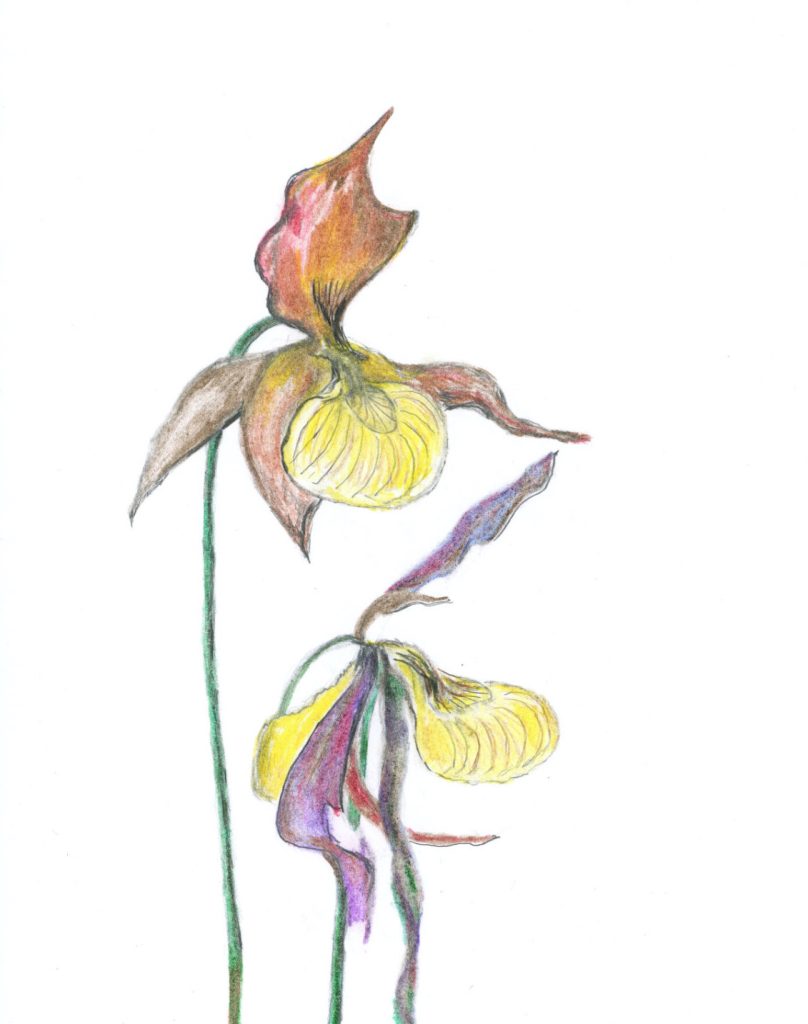
Shrubby cup lichen
Another main food for reindeer in the winter months, very cold-hardy. The colour is yellow-white/ yellow-green. Found on dry and barren ground where virtually nothing else grows. Observed at Döda fallet.
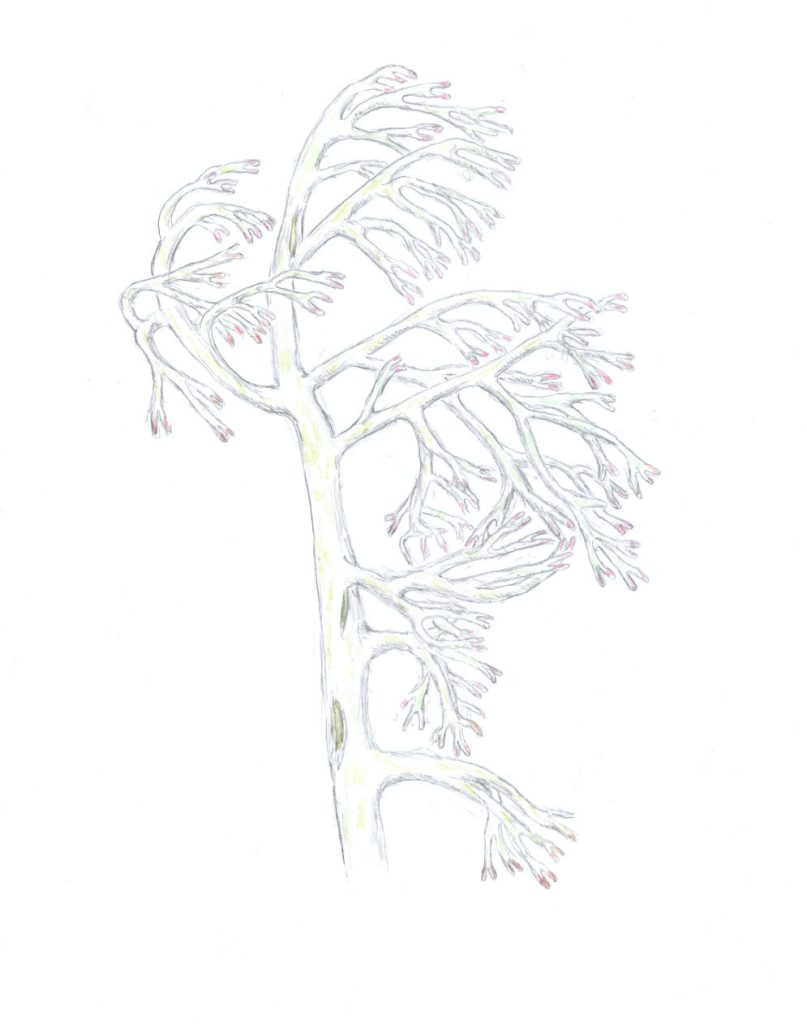
Leathery grapefern
This fern may reach a height of 10–20 cm. It thrives on sandy ground or hard well-packed soil with limited rivals. The fern has been observed near the nature reserve Eldsjöbäcken.

"Jämtlandsmaskros"
A protected plant of the dandelion genus, dark yellow to orange. The flowers open halfway. Grows in damp/wet ground. Has been observed in the nature reserve River Ammerån.

German tamarisk
Thorny bush with highly sensitive seeds and thus uncompetitive. Grows on stony, sandy riverbanks, solely on wet ground. Has been observed in the nature reserves River Ammerån, Kvarnån and Revaberget.

Creeping lady’s tresses
Common orchid, about 10–30 cm high, with small white fragrant flowers. Grows on mossy ground. Has been observed at Döda fallet and other nature reserves.

Yellow coralroot
A yellow or brownish orchid, 7–20 cm high, rather pale and low in chlorophyll. Grows mostly in wet ground, in forest bogs and wet forests. Has been observed in the nature reserves Meån and Långstrandberget.

Hook-moss
A leafy moss, previously red-listed as “near endangered” but is now listed as “viable”. Grows in humid grounds, such as bogs and lakeside. Has been observed in the nature reserve Snedmyran.

Lapland crowfoot
A plant reaching a height of 7–15 cm, small white flowers and leaves that produce nectar. Has been observed in the nature reserves Långstrandberget and River Ammerån .

Northern firmoss
A plant reaching a height of 5–25 cm, in lower regions usually dark green in colour. A creeping moss but will not form carpets, but possibly grow in small groups. Has been observed at Döda fallet.
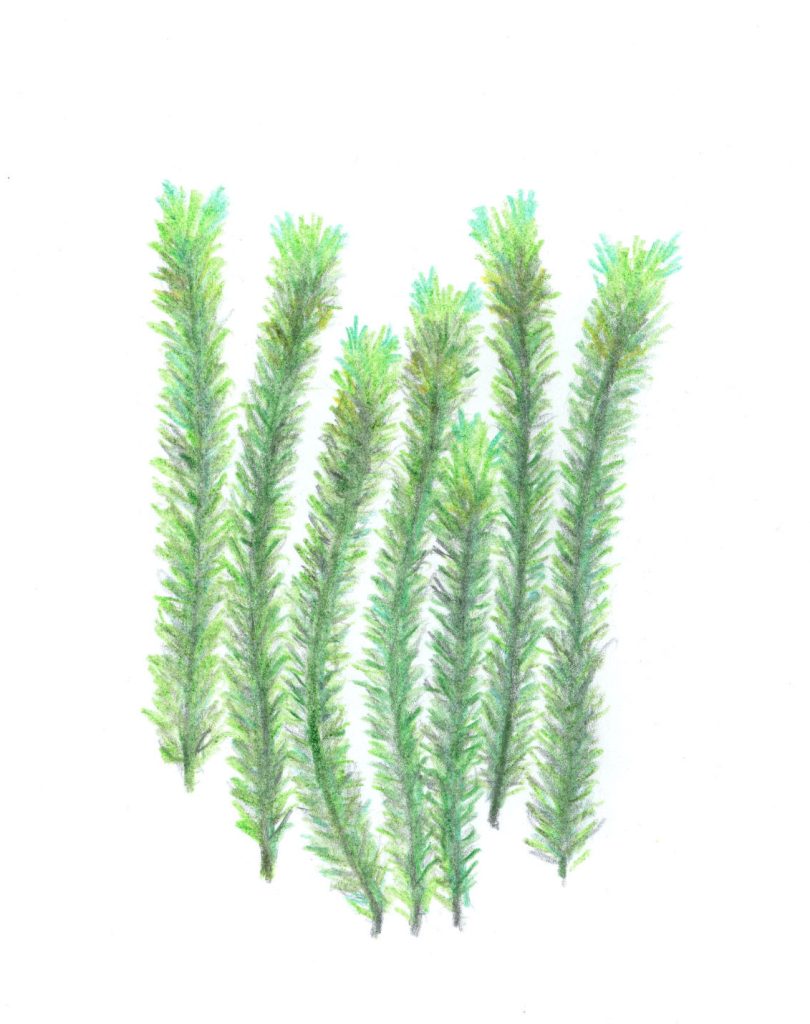
Common clubmoss
The moss may grow to a height of 5–20 cm, with light green leaves that reach forward. The leaves end with a small hairy ball. Has been observed in the nature reserve Eldsjöbäcken.

Northern running-pine
Club-moss with flat leaves that grow close on the stem and branches, making the moss look like plastic. Observed at Revaberget.
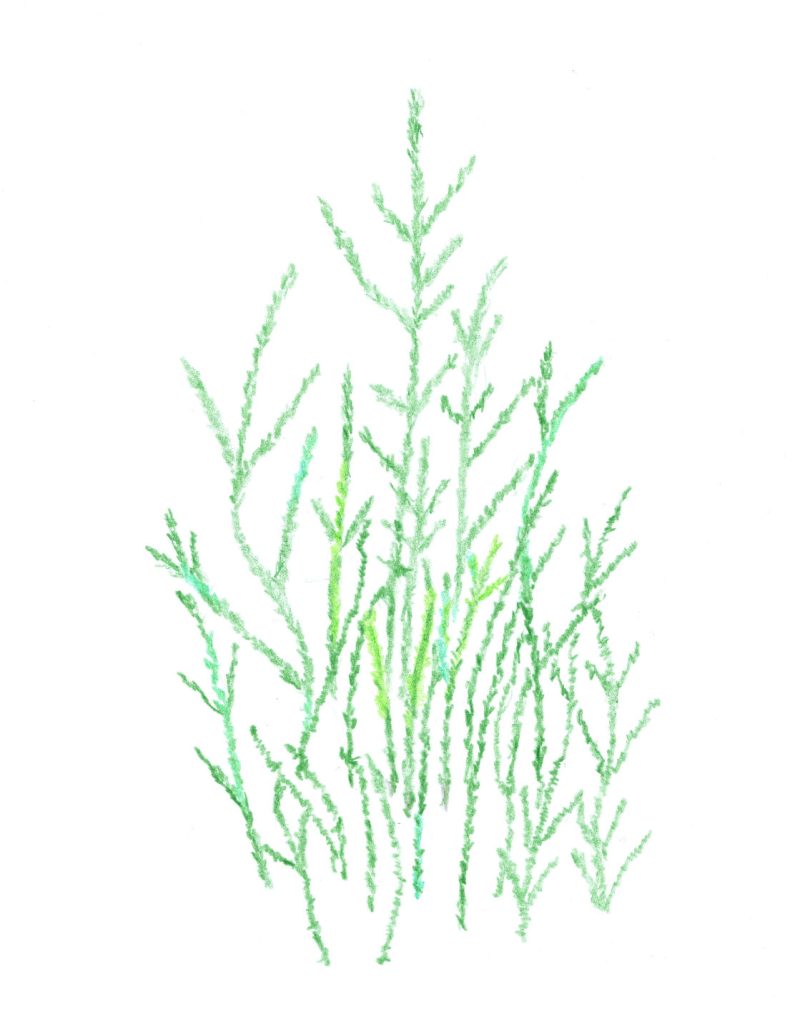
Stiff Club-moss
The plant may reach a height of 8–30 cm with runners extending several metres. Grows in humid, lean soil, such as in hollows in coniferous forests and bushlands. The plant has been observed in the nature reserve Snedmyran.
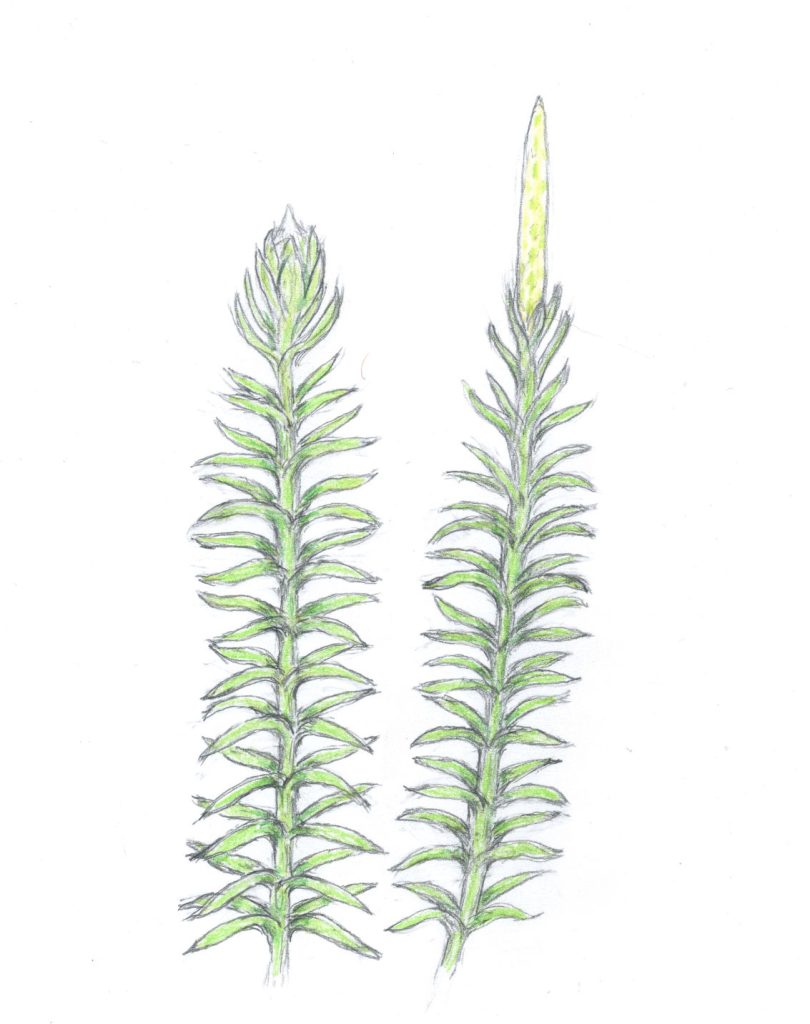
Common spotted orchid
A subspecies of the spotted orchid, its flowers are mostly dark violet. Thrives in wet forests, lakeside bogs and brook ravines. Has been spotted close to Koviken.
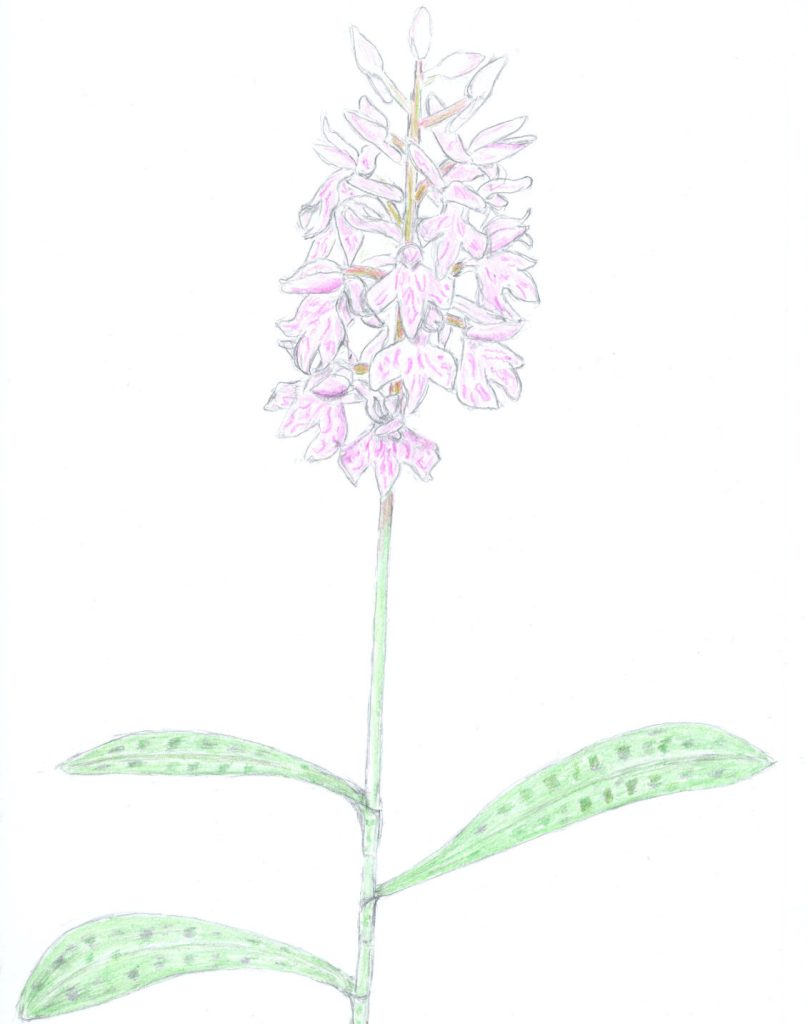
"Skogsrör"
An elegant grass that can reach a height of 80–150 cm. Grows in wet coniferous and mixed forests, along brooks, and on slopes. Has been observed in the nature reserves Kvarnån, Långstrandberget and Revaberget.

Bitter tooth/hedgehog
Grey-brown fungus with caps that can be up to 15 cm wide, found in coniferous forests. Has been observed in the nature reserve Långstrandberget.
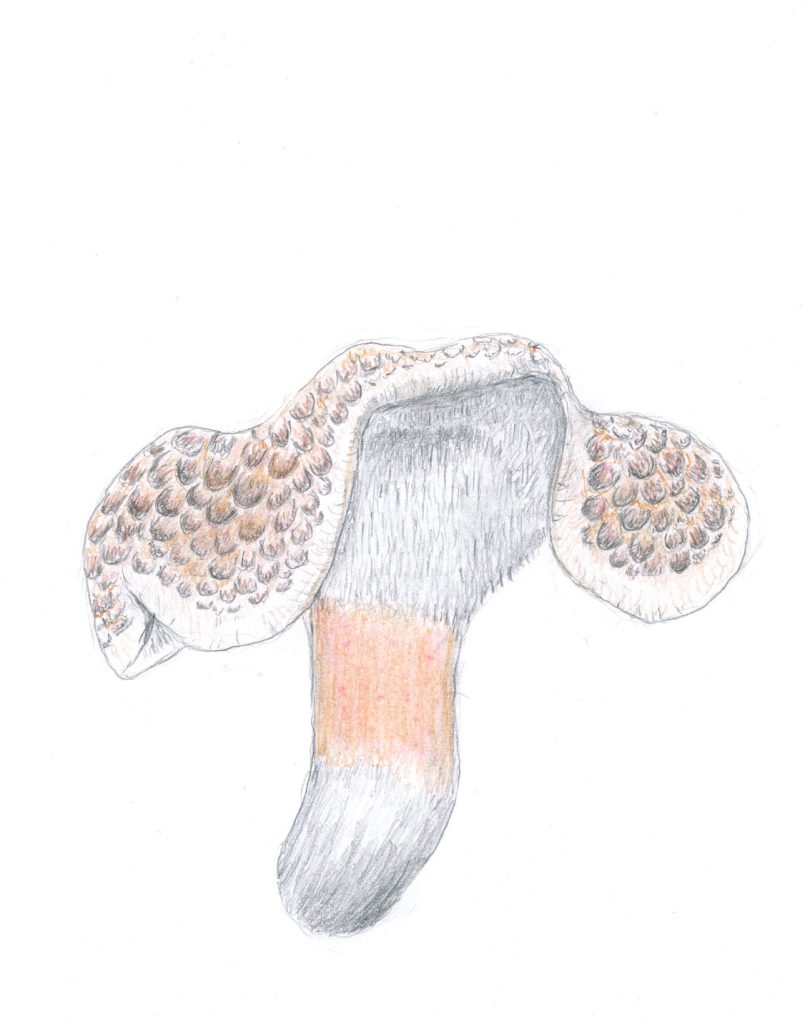
Mountain lentil
A rare pea plant classified as vulnerable, and included in a protection programme. Height 20–70 cm, yellow flowers. The centre for the rare plant in Sweden is in the vicinity of Stugun in Ragunda municipality in Jämtland.

Lesser/heartleaf twayblade
An orchid, 7–20 cm high with red-brownish and green flowers. Has been seen in the nature reserves Höksberget, Meån, Snedmyran and Långstrandberget.
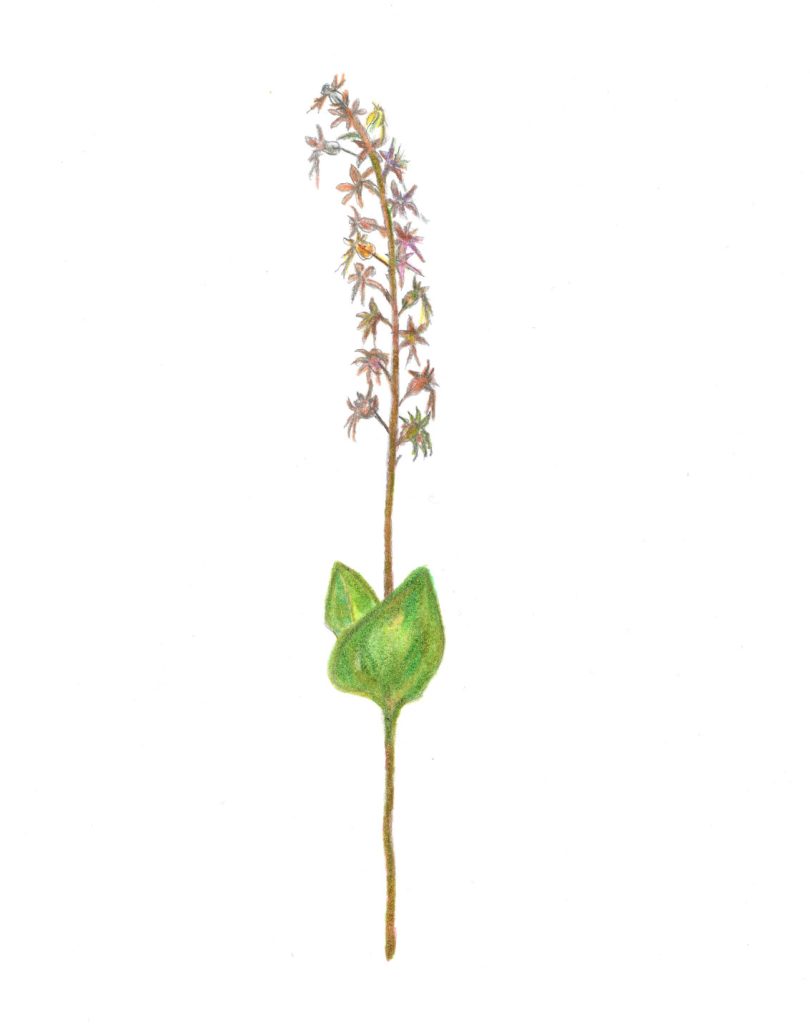
Common/eggleaf twayblade
Orchid with yellow-green flowers, height 20–60 cm. Grows in humid, sandy, chalky soil, such as roadsides and meadows. Observed in the nature reserve Snedmyran.

Early-marsh orchid
An early flowering orchid with a height of 15–80 cm. The flowers are pinkish/mauve. The orchid has been observed at Mt Prästberget and in the nature reserve Snedmyran.


